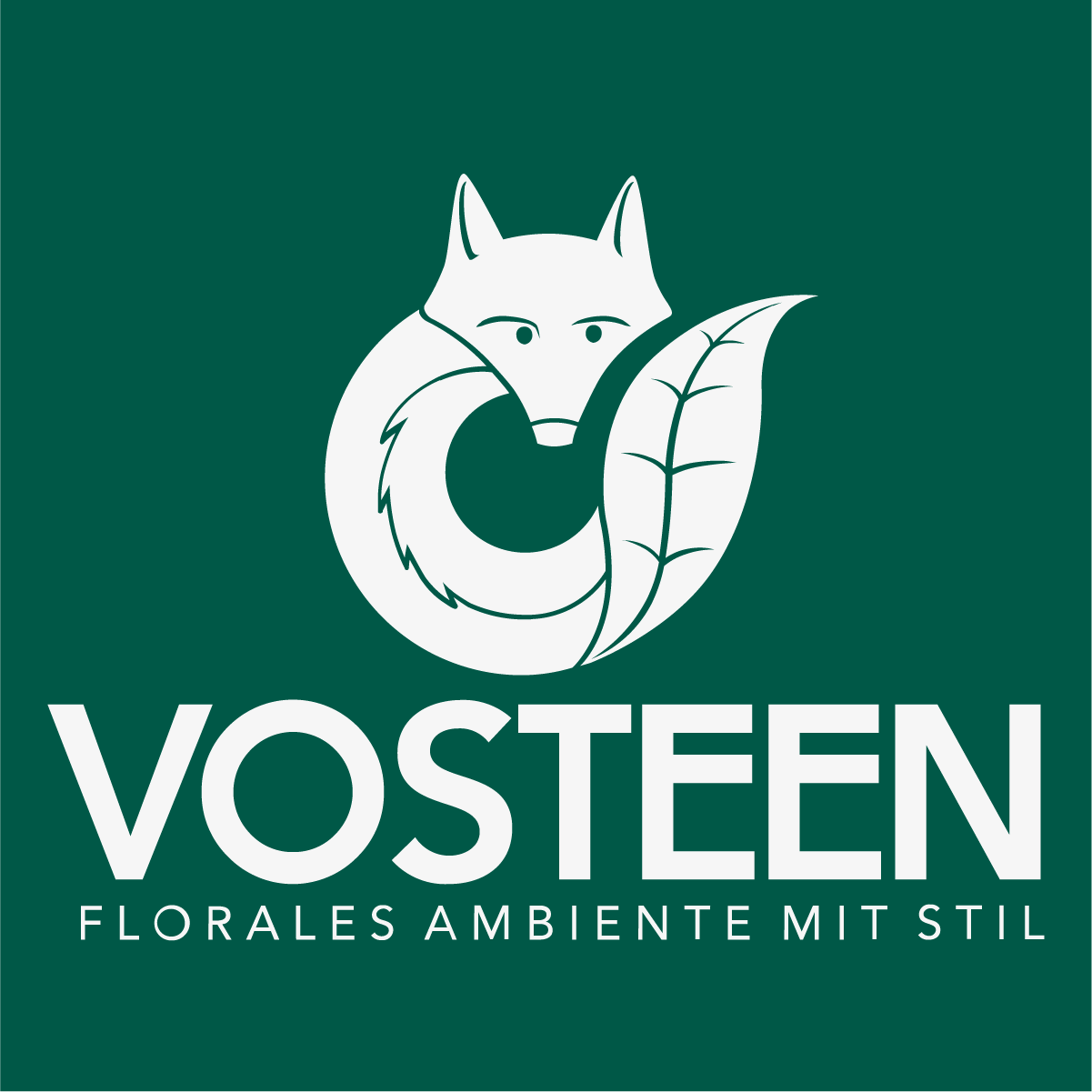Terracotta earthenware
Manufacture
After preparation, clay is either turned by hand or shaped by machine and neatly polished. After any glaze has been applied, red terracotta is fired at 1000 degrees Celsius and white terracotta at approx. 1200 degrees Celsius. The special composition of this clay ensures that the body is 1005% waterproof even without glaze.
These containers are therefore particularly suitable as planters, vases and hydro containers.
These containers are therefore particularly suitable as planters, vases and hydro containers.
Terracotta untreated
Origin: Europe and Asia
Manufacture
The clay is liquefied in a special process and cleaned of stones and impurities. The clay is then pressed into plaster or steel molds at high pressure using separating oils and dried in a kiln at around 930-960 degrees Celsius.
Properties
The porous clay shards absorb water and are therefore usually not frost-resistant. Exceptions are the "Alto", "Marble", "Rio", "Lindau" and "Calima" series. These are declared as frost-resistant. This is characterized by an impregnation and the high firing temperature.
Efflorescence occurs, among other things, when a pre-fertilized substrate (soil) is poured with hard water and the pre-dissolved salts are absorbed by the porous clay fragments and transported to the outside by capillary action, where they are deposited.
The patina is the result of the natural product properties of clay and does not constitute a defect.
Once solidified, salts can be safely removed with a hard fly sponge and vinegar. Then rinse with cold water.
Efflorescence occurs, among other things, when a pre-fertilized substrate (soil) is poured with hard water and the pre-dissolved salts are absorbed by the porous clay fragments and transported to the outside by capillary action, where they are deposited.
The patina is the result of the natural product properties of clay and does not constitute a defect.
Once solidified, salts can be safely removed with a hard fly sponge and vinegar. Then rinse with cold water.
Handling:
- Sufficient water drainage should be ensured to prevent waterlogging.
- The bottom hole should be free and, if necessary, covered with a curved clay shard.
- To prevent the terracotta pot from freezing to the ground, it should be placed on clay feet.
- The terracotta pot should be placed in a place protected from precipitation and draughts to prevent soaking.
Terracotta treated (glaze)
Manufacture
The clay is pressed by hand into plaster molds. After drying, the blanks are thickly coated by hand in a very high-quality glaze. The glaze color only becomes apparent after firing at over 1250 degrees Celsius. The kilns are operated with gas, in rare cases still with wood.
Properties and frost resistance
The rough clay compacts extremely during firing and bonds excellently with the applied glaze. The body and glaze hardly absorb any water and are frost-resistant if water drainage is guaranteed. Small inclusions in the glaze as well as uneven glaze flow or craquelé cracks are production-related, characteristic and not a quality limitation. The colors are often intentional with gradients and characteristic irregularities and give the terracotta vessels their personal appearance. Small glaze holes that cannot be completely avoided during production may have been repaired under certain circumstances without affecting the overall value.

